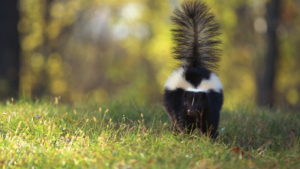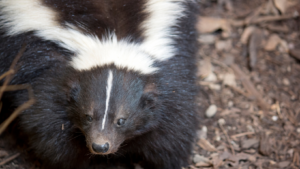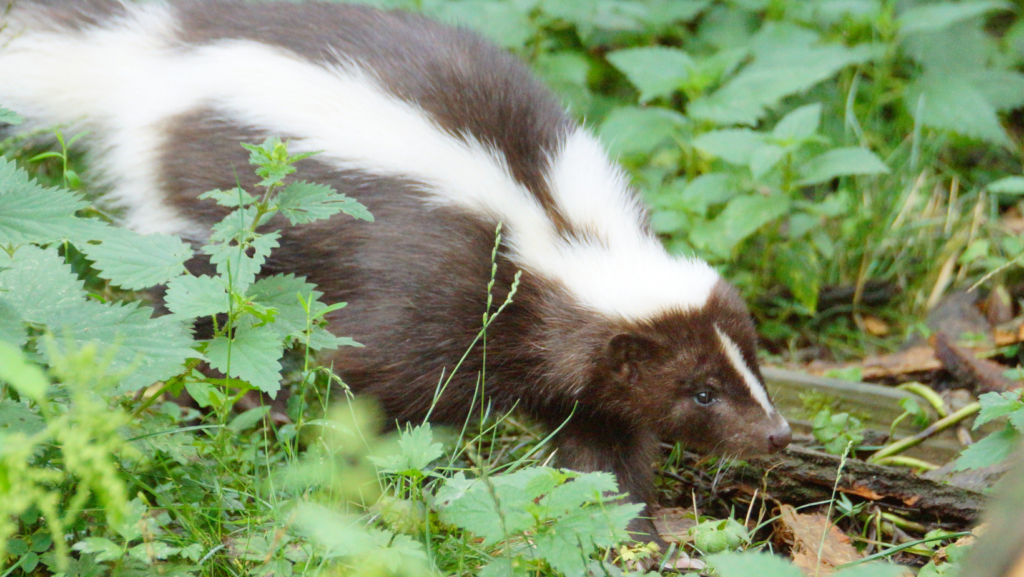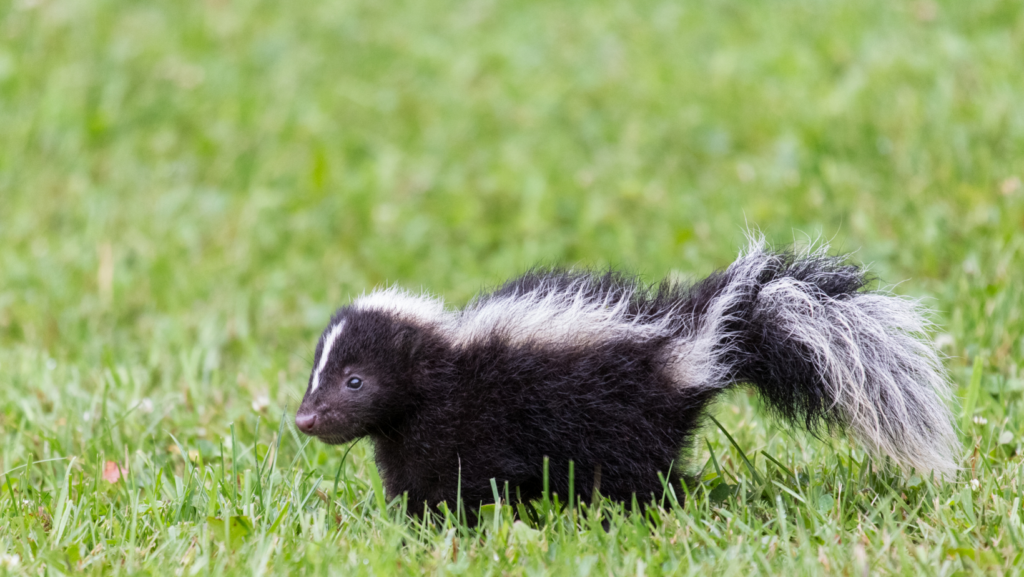In the tapestry of local wildlife, skunks often go unnoticed, overshadowed by more celebrated creatures. Yet, these striped mammals play a crucial role in maintaining ecological balance. Known for their distinctive black and white appearance and infamous scent, skunks are more than just nature’s pranksters—they’re vital members of the ecosystem.
Exploring the heritage of skunks unveils a fascinating narrative of adaptation and survival. These nocturnal foragers contribute to pest control by feasting on insects and small rodents, benefiting gardens and farmlands alike. Their presence indicates a healthy, thriving environment, making them indispensable to local biodiversity.
Understanding skunks’ role in local skunk nature’s heritage encourages a deeper appreciation for these misunderstood creatures. As communities grow and encroach on natural habitats, recognizing and preserving the delicate balance skunks maintain becomes increasingly important. Embracing their presence not only enriches local heritage but also ensures the sustainability of diverse ecosystems.
Local Skunk Nature’s Heritage

Local skunk nature’s heritage reflects their significant ecological role. Skunks contribute to biodiversity by balancing insect and small rodent populations. Their presence supports healthy gardens and farmlands by controlling pest numbers.
Adaptations like their characteristic musk and nocturnal habits have helped skunks thrive in diverse environments. These adaptations enable them to coexist with encroaching urban development, highlighting their resilience.
Historical Significance of Skunks
local skunk nature’s heritage have held a notable place in history due to their unique characteristics and interactions with humans and ecosystems. These creatures possess a distinct cultural and historical relevance.
Skunks in Native American Culture
In Native American culture, skunks symbolized various traits and lessons. Many tribes viewed them as representations of self-respect and caution. Ojibwa and Creek tribes often incorporated skunks into folklore to illustrate the consequences of arrogance and boastfulness. They also believed skunks, with their potent defense mechanisms, exemplified the power of using resources wisely rather than aggressively.
Early European Encounters
Early European settlers encountered skunks upon arriving in North America, finding their distinct smell unforgettable. Initially unfamiliar with these creatures, settlers documented their encounters in journals and letters. Skunks’ behavior and distinctive defensive spray often led to a mix of fascination and aversion. Over time, as settlers understood the skunks’ role in controlling pest populations, they began to appreciate their ecological importance. The interactions paved the way for a gradual shift in perception, acknowledging skunks as beneficial to agriculture and the environment.
Ecological Role of Skunks

Skunks serve a crucial role in maintaining ecological balance. Their activities aid pest control and enhance biodiversity, enriching local ecosystems.
Pest Control
Skunks consume a variety of pests, including insects and small rodents. They target beetles, ants, and wasps, reducing insect infestations in gardens and farmlands. By preying on mice and rats, skunks help control rodent populations, minimizing agricultural damage and reducing the spread of diseases.
Contribution to Biodiversity
Through their feeding habits, skunks contribute to biodiversity. They balance ecosystems by controlling prey populations, enabling other species to thrive. Skunks’ burrowing activities aerate soil, improving plant growth and encouraging diverse plant life. This natural tilling supports various flora and fauna, fostering a rich and balanced ecosystem.
Conservation Efforts
Conservation efforts aim to protect skunks and their vital roles in ecosystems. By addressing threats and implementing preservation strategies, stakeholders work to maintain skunk populations and their contributions to biodiversity.
Threats to Skunk Populations

Skunk populations face several threats that impact their survival. Habitat loss disrupts their living spaces due to urban expansion. Additionally, vehicle collisions, especially in regions with dense road networks, significantly reduce skunk numbers. Pesticide use not only affects skunks directly but also decreases their food sources, such as insects and small rodents. Human-wildlife conflicts arise when skunks enter residential areas, leading to negative human perceptions and control measures that can harm skunks.
Preservation Initiatives
Several preservation initiatives focus on mitigating threats to skunk populations. Habitat restoration projects aim to create and maintain safe environments for skunks to thrive. Public awareness campaigns educate communities about skunks’ ecological roles, fostering coexistence and reducing human-wildlife conflicts. Wildlife corridors connect fragmented habitats, allowing safe passage and reducing vehicle collisions. Additionally, legal protections for skunks and their habitats ensure long-term conservation, emphasizing the value of skunks in maintaining ecological balance.



